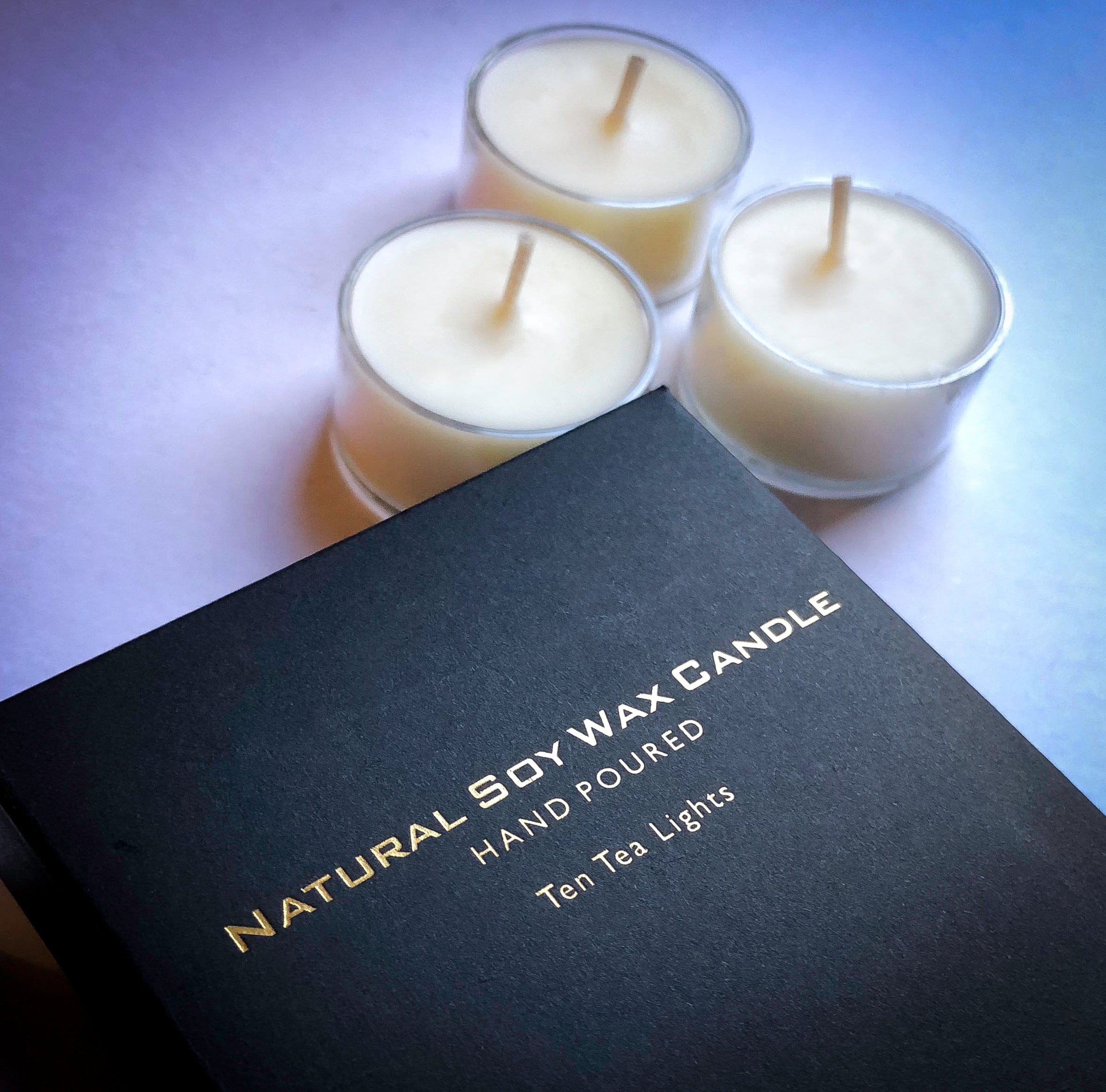Improve Your Living Area with Lavish Soy Candles and Home Fragrance
Improve Your Living Area with Lavish Soy Candles and Home Fragrance
Blog Article
From Wick to Wax: Recognizing the Chemistry Behind Soy Wax Candles and Their Ecological Influence
As we illuminate our areas with the warm glow of candle lights, there lies a world of detailed chemistry behind the apparently basic act of lighting a soy wax candle. The option in between soy and paraffin wax expands past plain appearances, diving into the world of environmental impact and the extremely composition of the products. Comprehending the molecular framework of soy wax and its combustion procedure sheds light on the emissions launched into our environments. Join us as we decipher the clinical details behind soy wax candle lights and discover their effects on our environment.
Soy Wax Vs. Paraffin Wax
When comparing soy wax and paraffin wax for candle making, it is vital to recognize the distinctive characteristics and advantages of each material. Soy wax is a natural, sustainable source obtained from soybean oil, making it environmentally friendly and naturally degradable - soy wax candles. On the other hand, paraffin wax is a by-product of oil refining, which increases concerns about its ecological impact and sustainability
Soy wax candle lights melt cleaner and produce much less soot compared to paraffin wax candles, making them a healthier selection for indoor air quality. In addition, soy wax has a reduced melting factor, permitting for a longer-lasting candle light that disperses scent a lot more efficiently. Paraffin wax, on the other hand, tends to shed faster and less easily, possibly launching harmful chemicals into the air.
From a sustainability perspective, soy wax is favored for its biodegradability and renewable sourcing, straightening with the growing consumer preference for eco conscious items. While paraffin wax has actually been a conventional selection in candle making due to its price and convenience of use, the change in the direction of eco-friendly choices like soy wax is obtaining energy in the market.
Chemical Composition of Soy Wax

Burning Refine in Soy Candles
The chemical structure of soy wax directly affects the burning procedure in soy candles, influencing aspects such as shed time, aroma launch, and environmental influence. When a soy candle is lit, the warmth from the fire melts the wax near the wick.
The combustion effectiveness of soy candles is affected by the purity of the soy wax and the high quality of the wick. A clean-burning soy candle with a properly sized wick will reduce and generate a consistent fire soot development. This not only extends the burn time of the candle light but additionally enhances the launch of fragrances. In addition, soy wax candles have a reduced ecological impact contrasted to paraffin candle lights because of their sustainable and eco-friendly nature.

Environmental Advantages of Soy Wax

Considered a sustainable option to traditional paraffin wax, soy wax uses notable environmental advantages that make it a popular selection amongst eco-conscious consumers. Soy wax burns cleaner and generates less soot than paraffin wax, contributing to far better indoor air quality and lowering the need for cleansing and upkeep. Overall, the environmental advantages of soy wax align with the expanding need for environment-friendly and lasting products in the market.
Recycling and Disposal Considerations
Reusing and proper disposal of soy wax candles play a critical duty in keeping ecological sustainability and lowering waste in houses and areas. When it comes to recycling soy wax candles, the first step is to make certain that the candle light has actually shed totally.

In regards to disposal, if recycling is not an alternative, soy wax candle lights are biodegradable and can be safely thrown away in many household waste systems. It is constantly suggested to examine with neighborhood recycling facilities or waste monitoring services for specific standards on candle disposal to ensure correct handling and environmental protection.
Verdict
In verdict, the chemistry behind soy wax candles discloses their environmental benefits over paraffin wax candle lights. Soy wax, obtained from soybean oil, burns cleaner and generates much less soot when contrasted to paraffin wax.
When comparing soy wax and paraffin wax for candle production, it is essential to comprehend the distinctive features and advantages of each material (soy wax candles).Soy wax candles shed cleaner and give off much less residue contrasted to paraffin wax candle lights, making them a healthier selection for indoor air quality.Thought about a lasting option to typical paraffin wax, soy wax provides significant ecological advantages that make it a popular option among eco-conscious customers. Soy wax burns cleaner and generates less residue than paraffin wax, adding to far better interior air top quality and decreasing the requirement for cleansing and upkeep.In final thought, the chemistry behind soy wax candle lights discloses their environmental advantages over paraffin wax candle lights
Report this page